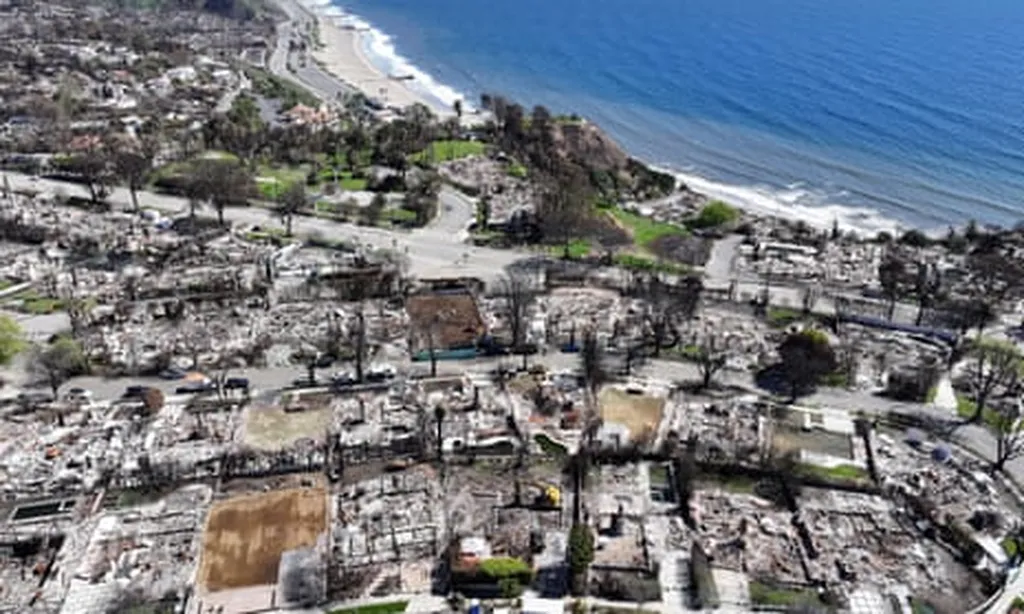The unfolding insurance crisis in the United States, driven by increasingly frequent and severe climate-fueled disasters, has profound implications for the agriculture sector and investors. The shifting landscape of risk and insurance availability is reshaping the economic viability of certain regions and industries, with agriculture being particularly vulnerable due to its exposure to natural disasters and climate variability.
For the agriculture sector, the insurance crisis presents a multifaceted challenge. Crop and livestock insurance are essential tools for farmers to manage risks and ensure financial stability. However, as insurers grapple with escalating losses and increased risk, the availability and affordability of these insurance products are at risk. Higher premiums, reduced coverage, and the potential unavailability of insurance in high-risk areas could disproportionately affect farmers, particularly those in regions prone to hurricanes, wildfires, floods, and severe storms.
The implications for investors are equally significant. Agriculture, particularly in high-risk regions, may become a less attractive investment due to the heightened uncertainty and potential for substantial losses. Investors may reconsider their portfolios, diverting capital away from areas with elevated climate risks. This could lead to a reduction in agricultural investment, stifling innovation, and limiting the sector’s growth potential.
Moreover, the insurance crisis could exacerbate the challenges faced by farmers in adapting to climate change. With limited access to affordable insurance, farmers may struggle to invest in resilience-building measures, such as improved infrastructure, drought-resistant crops, and advanced irrigation systems. This could hinder the agriculture sector’s ability to adapt to changing climate conditions and meet future food demands.
The broader economic implications are also concerning. The agriculture sector is a critical component of the U.S. economy, contributing significantly to employment, exports, and GDP. A destabilized agriculture sector could have ripple effects throughout the economy, affecting everything from food prices to rural communities’ economic health.
In response to these challenges, there is a growing need for innovative solutions and policy interventions. This includes developing new risk management tools, expanding public-private partnerships, and investing in climate-resilient agriculture practices. Additionally, there is a need for robust climate risk modeling and data sharing to better understand and mitigate the risks facing the agriculture sector.
The insurance crisis serves as a stark reminder of the urgent need to address climate change and its impacts on various sectors, including agriculture. As the climate continues to change, the agriculture sector and investors must adapt and collaborate to build a more resilient and sustainable future. The current insurance crisis underscores the importance of proactive measures to mitigate risks and ensure the long-term viability of the agriculture sector in the face of a changing climate.

